Guitar modes lesson 1: The Ionian mode is the same as the major scale – here’s what makes it work
Joe Satriani, Eric Johnson, Eric Clapton and Randy Rhoads all used this fundamental guitar mode in their songs. Here, Stuart Ryan takes you through the basics of the Ionian mode and shows you how to play chords, riffs, arpeggios and lead guitar breaks using this essential scale

The ‘happiest’ sounding of all the modes, the Ionian is identical to the major scale, so it’s highly likely you’re already playing it on guitar. However, things really come alive when you approach Ionian as the ‘parent’ for all the other modes – but what exactly is a mode?
The best way to explain is with an example. The A Ionian mode (that's the same as the A major scale, remember!) contains these notes:
A B C# D E F# G#
Play these notes in order starting on A and it's the A Ionian mode. Start on any note other than A and you're playing a mode – B Dorian, C# Phrygian and so on. Each mode, of course, has its own unique structure and we'll look at them all in future lessons.
In the Ionian mode the intervals are as follows:
Root, major 2nd, major 3rd, perfect 4th, perfect 5th, major 6th, major 7th
The trick is exploiting the most colourful sounding intervals in your playing, which, in the A Ionian mode, are the major 3rd (C#), major 6th (F#) and major 7th (G#).
Make sure to watch the video and read on as we look at how to use the Ionian mode in your rhythm and lead playing.
A Ionian mode (5th position)
We'll start with a common fingering for the Ionian mode. When playing through this shape try saying the note names and intervals as you go so you really start to understand where the characteristic sound of the Ionian mode comes from.
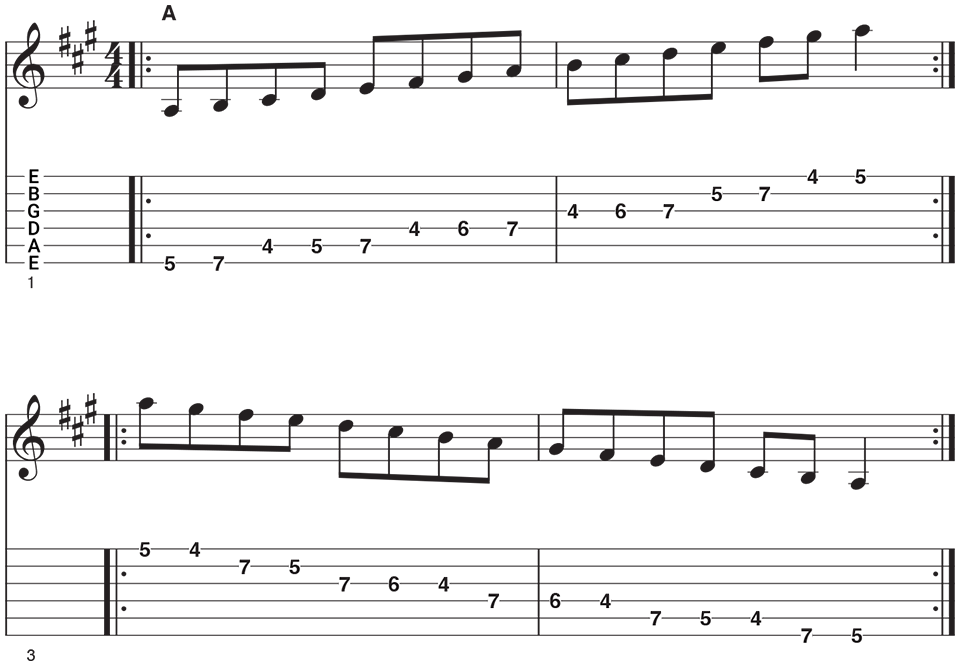
A Ionian mode (pedal exercise)
Playing the Ionian mode against a repeating open-string root note (known as a pedal tone) helps your ears get accustomed to the unique colour of the mode. In this case the major 3rd (C#), the major 6th (F#) and the major 7th (G#) are the most important 'character' notes.
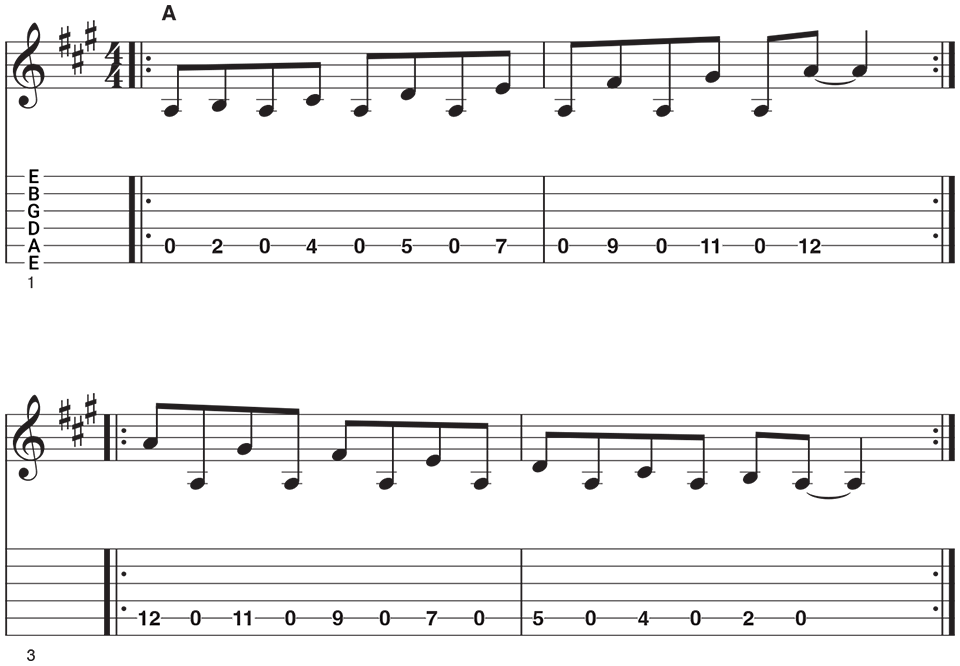
A Ionian mode (diads)
Here, we've harmonized the A Ionian mode in major and minor 3rds up and down the first and second strings. When you have these under your fingers try working out the shapes on the remaining strings. Remember, all the notes come from A Ionian.
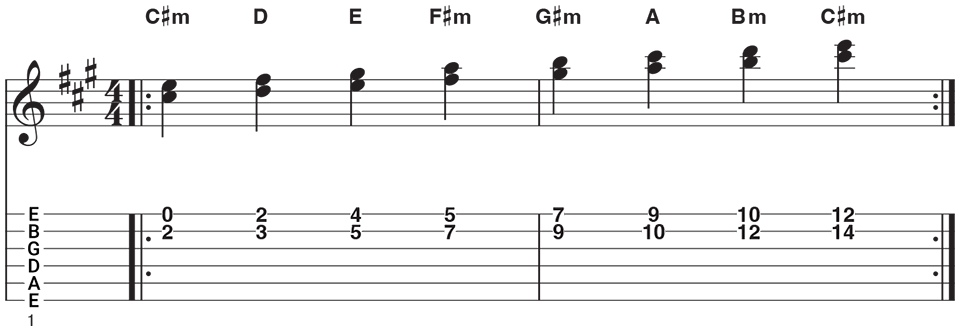
A Ionian mode (triads)
Here we're building simple major and minor triads (three-note diatonic chords) upon each note of the mode. Once again, remember that every note comes from the Ionian mode – so, as you play the chords, you should start to get an understanding of the character of the mode and the possible chord progressions that exist within it.
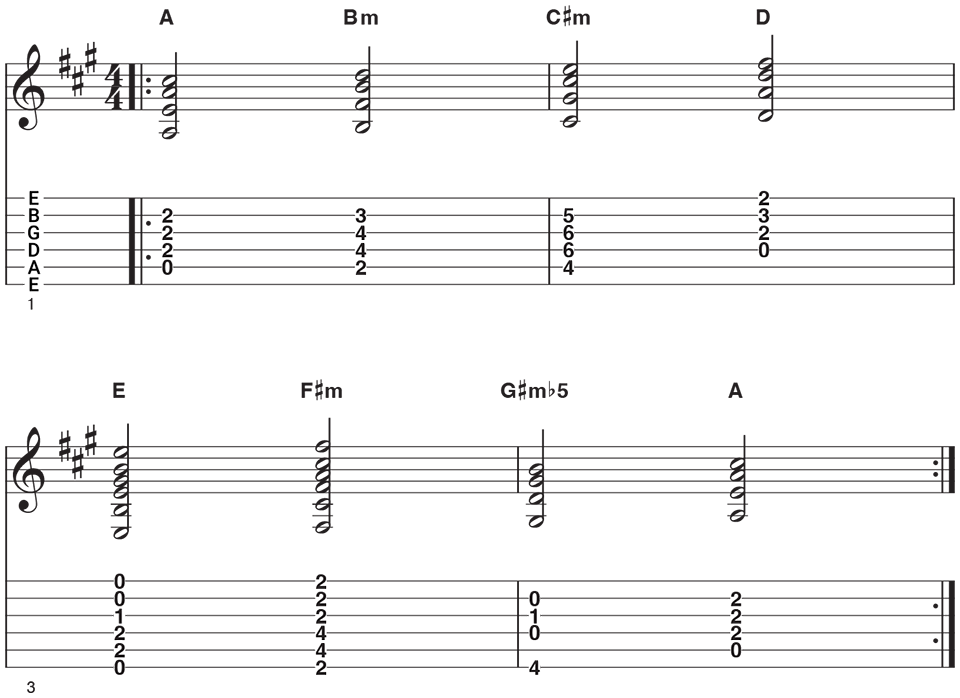
A Ionian mode (7th chords)
Even more colour emerges when the Ionian mode is harmonized as 7th chords and you hear the tense m7b5 (minor 7 flat 5) chord emerge on the 7th degree of the mode. In this key it’s the G#m7b5.
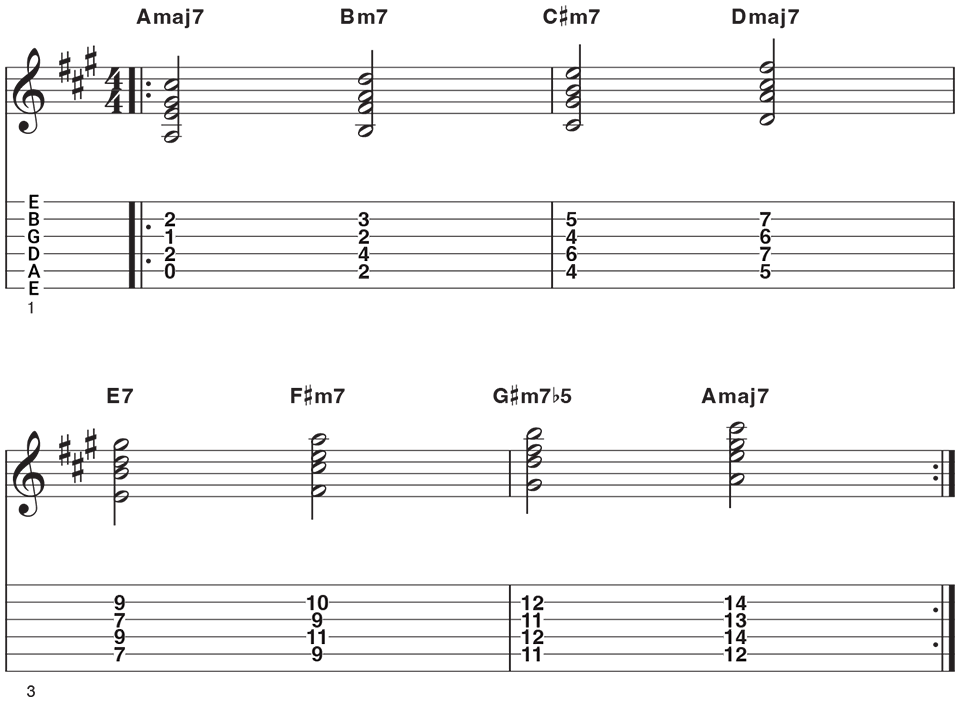
A Ionian mode (chord riff)
Countless classics have been written from simple Ionian chord progressions and here’s one of the most common – the I-IV-V (one-four-five) progression. Don't be confused by the Roman numerals. It's a traditional way of telling you which chords of the mode are being used: A (I), D (IV) and E (V) here. Our backing track has a Keith Richards-esque Stonesy vibe so you can hear the kind of thing that can easily be created.
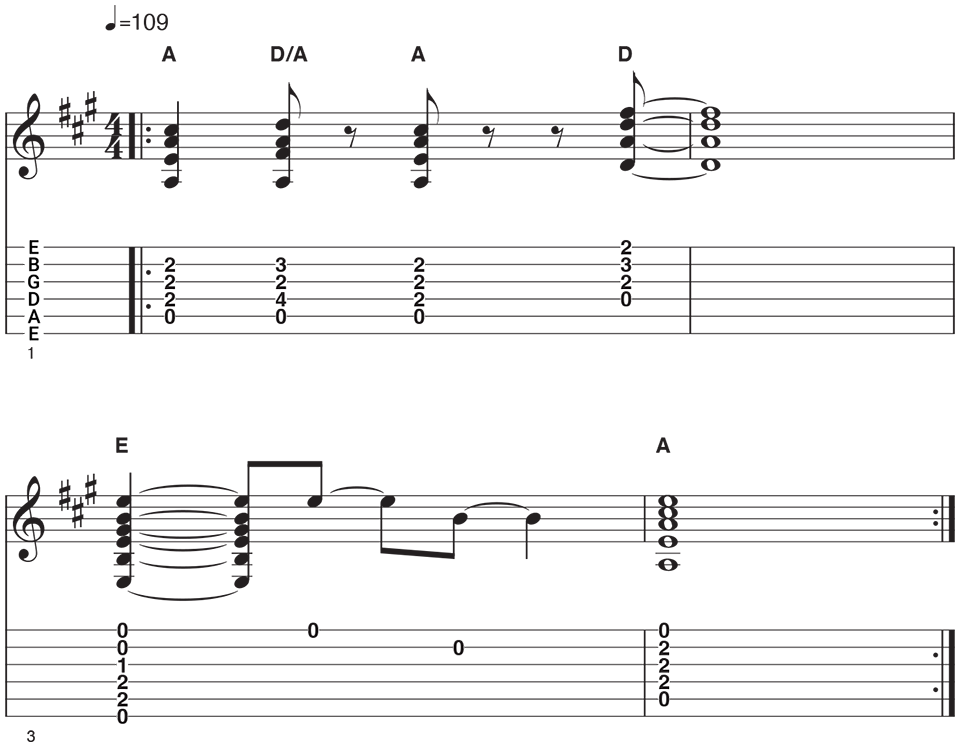
A Ionian mode (ii-V-I progression)
The staple jazz/soul ii-V-I progression can be found in the Ionian mode. Here, the Roman numerals tell you that the chords are Bm (hence ii is lowercse), E and A in the key of A major.
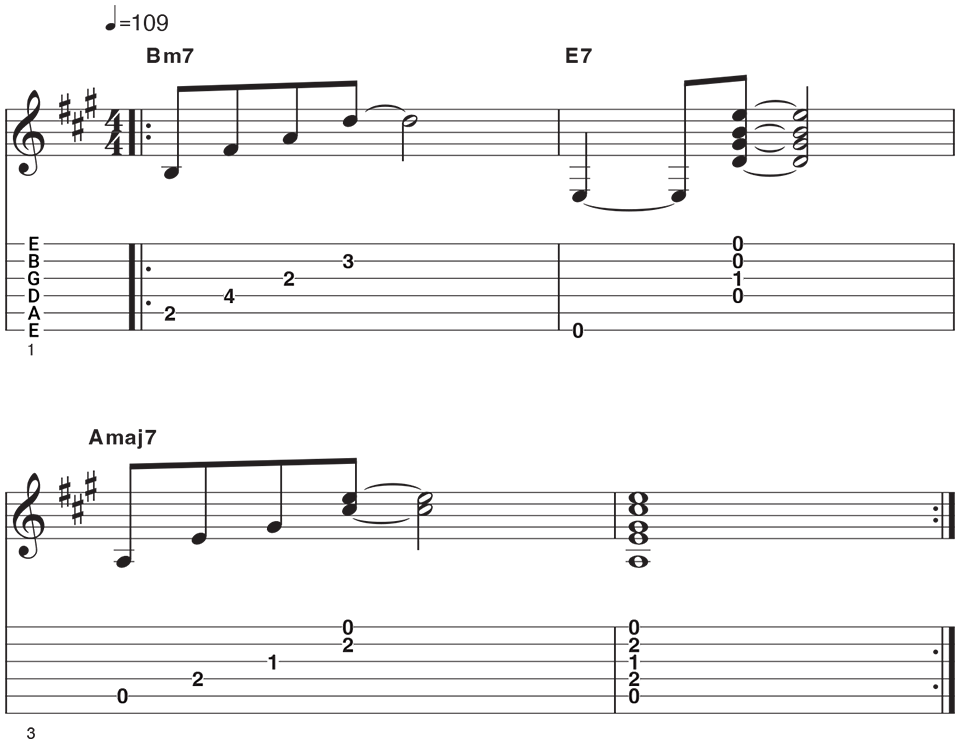
A Ionian mode (lead guitar solo)
Finally, here's a simple Ionian solo. The first four bars use chord tones (notes used in the chords) in a simple melody line before building a lick around an open fifth string pedal tone. Finally, 3rds are used to give a fatter sound, with the main emphasis being on chord tones (root, 3rd, 5th) played as 3rds.

Get The Pick Newsletter
All the latest guitar news, interviews, lessons, reviews, deals and more, direct to your inbox!
Stuart Ryan is best known for his acoustic guitar playing, from Celtic fingerpicking and traditional folk to modern percussive phrasing and fresh interpretations of popular pieces. He has released several solo albums, written pieces for UK examination boards and created nine tutorial books ranging from acoustic guitar arrangements to Americana styles.
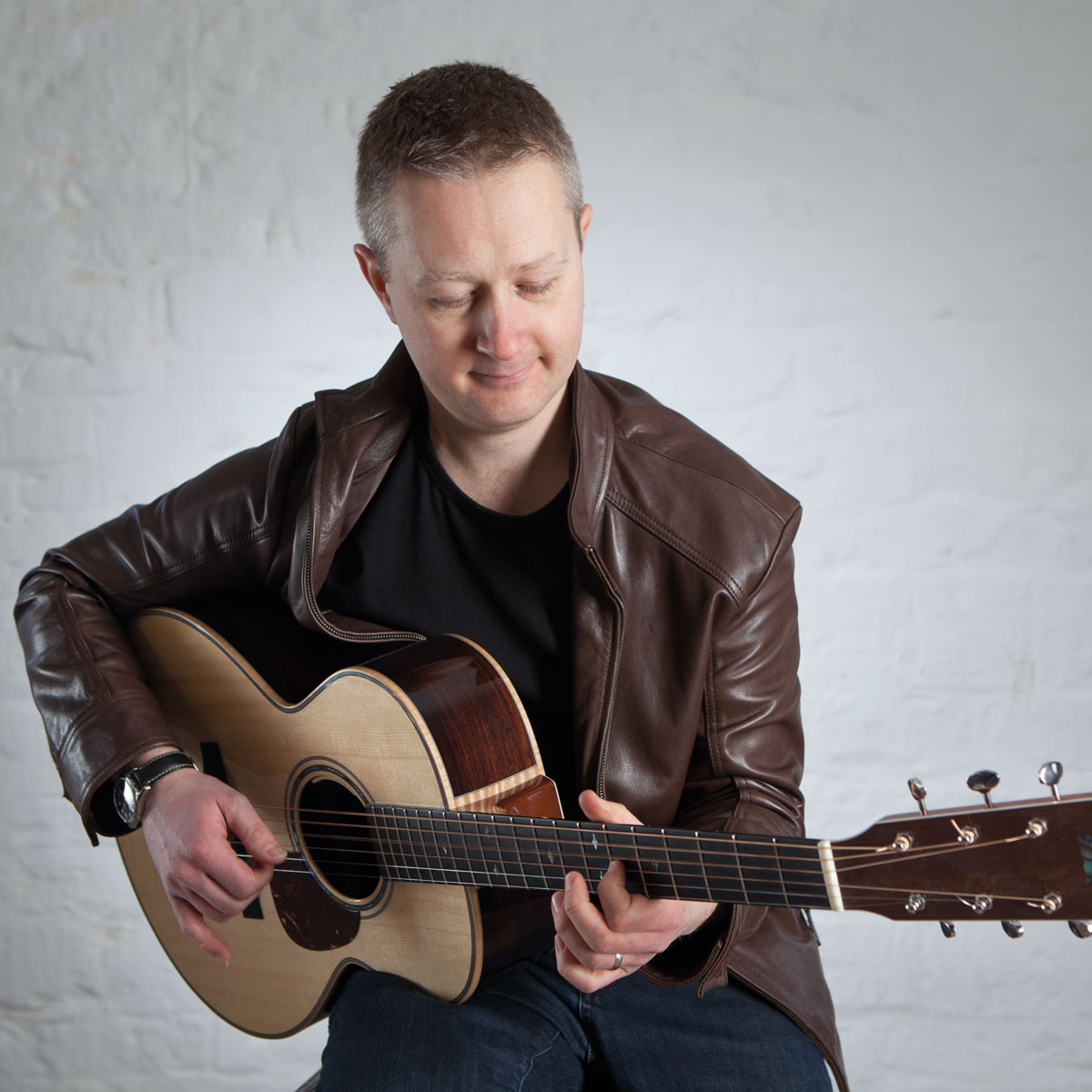








![Joe Bonamassa [left] wears a deep blue suit and polka-dotted shirt and plays his green refin Strat; the late Irish blues legend Rory Gallagher [right] screams and inflicts some punishment on his heavily worn number one Stratocaster.](https://cdn.mos.cms.futurecdn.net/cw28h7UBcTVfTLs7p7eiLe.jpg)

